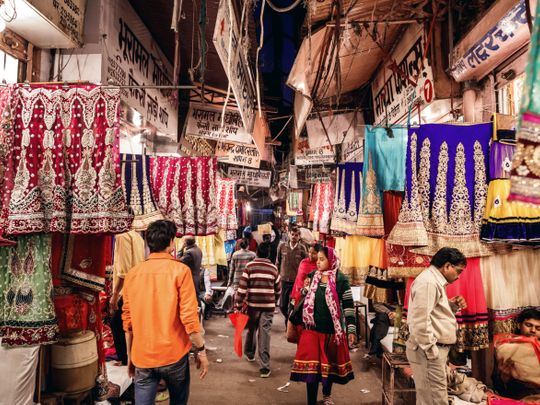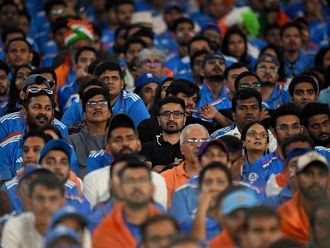
Even in this age of mall culture, when towering air-conditioned mall buildings are mushrooming everywhere, the good-old bazaars or haats continue to hold their sway almost everywhere.
Known by different nomenclature, these bazaars have their own romance and charm. One can go to a modern-day mall any day and time of the week. But since the haats/bazaars pop up only on some fixed day of the week, one has to wait for six days.
For many, these markets are sort of an addiction. Even if they don’t have to buy anything, they must stroll through the buzzing market feasting their eyes on the innumerable glittering items of merchandise. There are garments for men, women, kids and even pets, kitchen wares, tools, toys, unbranded footwear to suit all pockets, crockery, cutlery, vegetables, fruits, furnishings, homeware and all kinds of utility items. You name anything and it may be there.
Even today, these mobile markets are hugely relevant. They have not changed in their character. With growing population, they are only expanding on all sides and catering to everybody’s needs of those who find it hard to adjust themselves to the mall culture.
“I go there not only for my sake but to advise others to buy their requirements from these markets on damn cheap rates”, a bazaar addict told me with glee and obvious passion. Someone would say, “Look, I bought this beautiful bed sheet for peanuts.”
Lucknow, the state capital of Uttar Pradesh, too, has its quota of weekly bazaars like the Nakhaas market in the old city on Sundays, the Budh (Wednesday) Bazaar in Mahanagar and so on. I know of a person who visits two-three weekly bazaars every month. Like a GPS, he could pinpoint the exact location where you would get a particular item. Someone had thus nicknamed him as ‘Nakhaasi’.
Following my return to Lucknow after a gap of more than three decades, some time back, when I needed a medium-size tarpaulin cover, this street bazaar addict promptly replied, “Go to Nakhaas”.
I had visited this market some 35 years back and curiosity impelled me to revisit it.
Still fresh in memory
Back in the days, apart from an array of pottery items, chinaware, handicrafts, artefacts and handmade products, caged exotic birds, parrots, parakeets, pigeons and even rabbits were sold. Sale of animals and birds was later restricted by the authorities. But their myriad colours and constant chirping lent charm to the surroundings and are still fresh in my memories.
This time when I reached there, I was happily surprised. It had expanded on all sides of the arterial Victoria Street. I noticed that next to my good old mini-tarpaulin shop, there were scores of mobile carts selling plastic toys, clothes, plants, kitchen utensils, even automobile parts, mobile accessories et cetera.
In stark contrast to the modern and spacious food courts in malls, this mobile market had its version in the lanes and bylanes. A number of carts selling steaming hot meat preparations — mutton korma, kebabs, Nahari, biryani, and the like were crowded beyond their individual serving capacity. Due to the paucity of space, one had to eat the food standing or take it home. Diehard fans insist that the taste of these street food had no parallel.
Even in these fast-moving times, weekly markets like Nakhaas are preferred by many. In malls, there is practically no scope for bargaining and one has to pay ‘fixed prices’ whereas here, you can do some hard-bargaining for almost the same quality of a product. This happens because the vendor wants to dispose of the maximum of his wares even for lesser profit to save the burden and cost of carrying the stuff back home.
I am witness to some weekly markets in villages and smaller towns, not having regular shopping centres, selling mutton and fish on a fixed day of the week. The sellers do brisk business and are eagerly awaited by the villagers.
Even today, these mobile markets are hugely relevant. They have not changed in their character. With growing population, they are only expanding on all sides and catering to everybody’s needs of those who find it hard to adjust themselves to the mall culture.
— Lalit Raizada is a journalist based in India.











